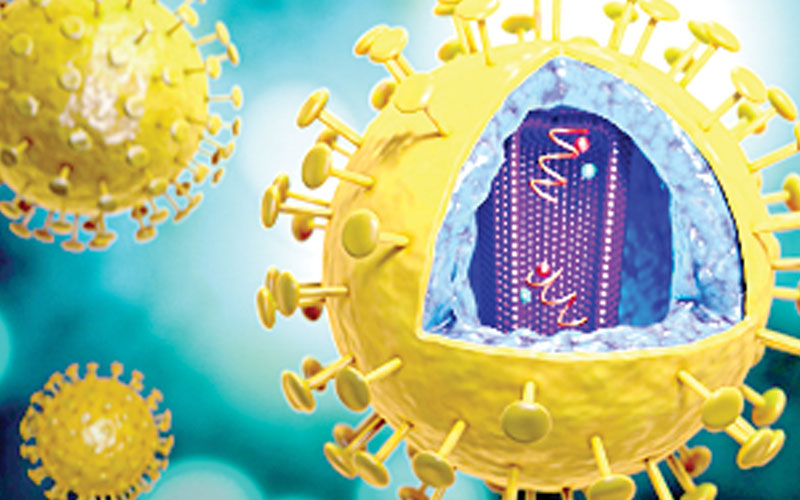Scientists discover first new HIV strain in two decades

A team of scientists from the global healthcare technology firm, Abbott, has identified a new strain of HIV, the first to be discovered since 2000.
The strain belongs to Group M of HIV type 1, the family of virus that is the most common and accounts for 95 per cent of all HIV infections worldwide.
Findings of the research that were published in the Journal of Acquired Immune Deficiency Syndromes (JAIDS) on Wednesday mark the first time a subtype of Group M, HIV-1 to be discovered since guidelines for classification of new strains of HIV were established in 2000.
Identifying various strains of HIV helps in ensuring the diagnostic tests are up-to date. HIV has different strains, which can mutate over time. This means that the strain could go undetected if the diagnostic tests are outdated.
“This discovery reminds us that to end the HIV pandemic, we must continue to outthink this continuously changing virus and use the latest advancements in technology and resources to monitor its evolution,” said Carole McArthur, professor in the departments of oral and craniofacial sciences, University of Missouri, Kansas City, and one of the study authors.
Before scientists could declare that this was a new strain of HIV, three cases had to be detected independently. The first two samples of the subtype were identified in the Democratic Republic of Congo in the 1980s and 1990s and the third collected in 2001. At the time the third sample was collected, scientists could not test the whole genome as there was no technology to determine the subtype.
Describing the intricacy of the process of identifying new viruses, Mary Rodgers, principal scientist and head of the Global Viral Surveillance Programme, Diagnostics, Abbott, and one of the study authors described it as “searching for a needle in a haystack”.
Earlier this year, Abott introduced the first point of care HIV rapid test in Kenya. The m-PIMA HIV test measures the viral load within 72 minutes while the patient is in a health facility as opposed to sending the samples to the lab, which prolongs the period taken to return results.








